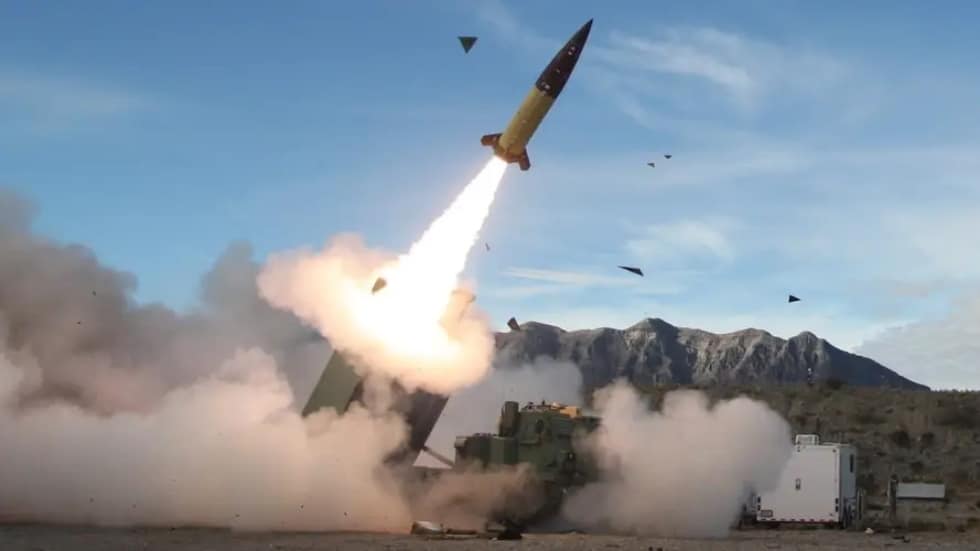Chairman of the Joint Chiefs of Staff Gen. Charles Q. Brown has claimed arming Ukraine with long-range Army Tactical Missile Systems (ATACMS) isn’t as risky now as it was earlier in the war.
“The risk of escalation is not as high as maybe it was at the beginning,” Brown told reporters last week, according to Defense One.
ATACMS are missiles that can be fired from the HIMARS rocket systems the US has been providing Ukraine. According to media reports, the US has secretly armed Ukraine with an older cluster bomb variant of the ATACMS, which have a range of up to 100 miles.
But Ukraine is still seeking the newer version of the missile, which can hit targets up to 190 miles away. US officials have previously said they couldn’t send Ukraine ATACMS because there aren’t enough in US military stockpiles.
Another reason for not sending them to Ukraine is the risk of escalation since a 190-mile range would give Ukraine the ability to hit targets deep inside Russia. According to Defense One, top US military officials have said ATACMS could provoke a nuclear response from Russia or a Russian attack on a NATO country.
But as the war has dragged on, concerns about escalations have waned, and NATO countries have taken several steps they previously ruled out due to concerns of provoking Russia.
“Those are the things that we…pay attention to. You know, what is the likelihood of escalation based on…different capabilities and different actions,” Brown said.
In recent months, Ukraine has significantly escalated its attacks inside Russia, including drone attacks, artillery shelling, and ground raids launched by militias from inside Ukraine. Russia has also accused Ukraine of being linked to the recent terrorist attack at a concert hall outside of Moscow, which killed over 140 people.
This article was originally featured at Antiwar.com and is republished with permission.
































